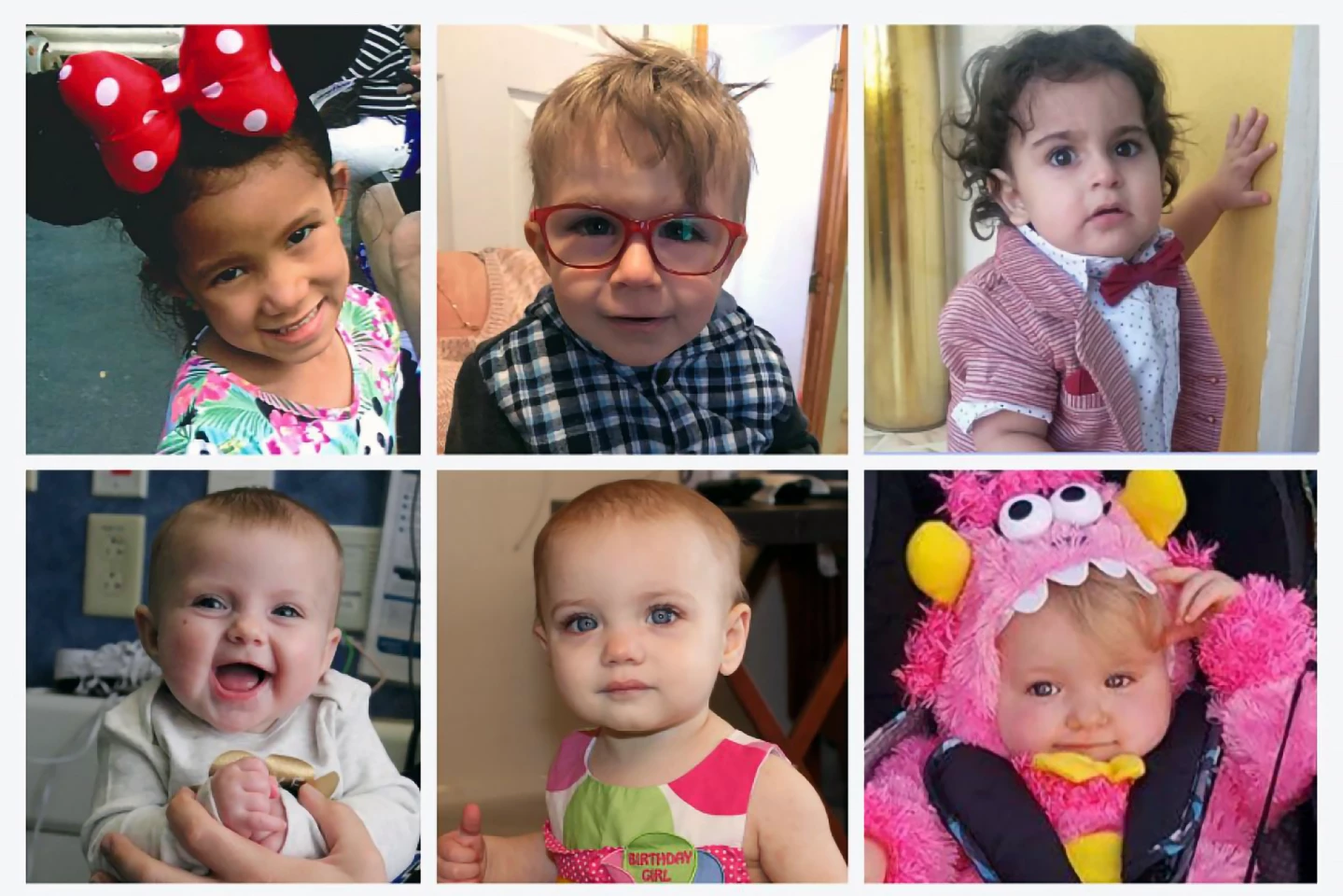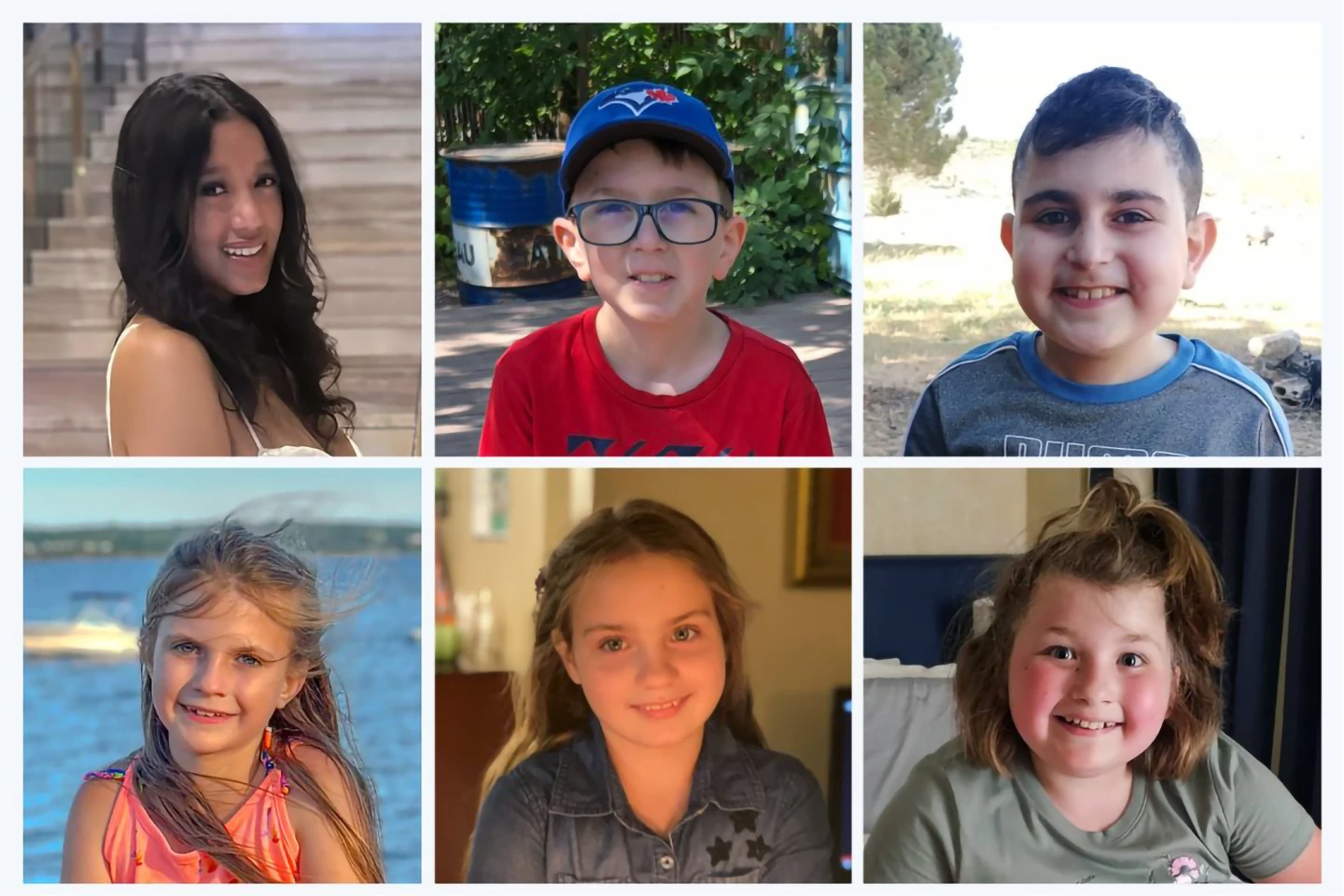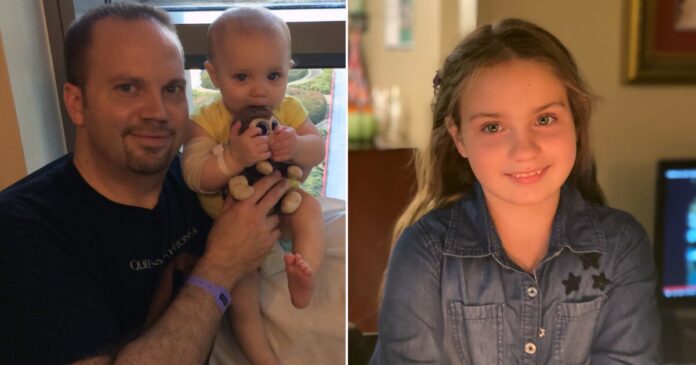A one-time gene therapy using a patient’s own stem cells has effectively cured a deadly immune disorder in 95% of treated children, offering a lasting, donor-free solution to ADA-SCID, known as the “bubble boy” disease.
Those who are old enough may remember “the boy in the bubble,” David Vetter, born with a rare hereditary condition called severe combined immunodeficiency (SCID). It affected his immune system, making even the mildest of infections life-threatening. Vetter died in 1984, at age 12.
In a new study, researchers from UCLA, University College London, and Great Ormond Street Hospital, London, trialed an experimental gene therapy for children born with severe combined immunodeficiency due to adenosine deaminase deficiency (ADA-SCID), demonstrating a 95% long-term success rate.
“These results are what we hoped for when we first began developing this approach,” said the study’s senior author, Donald Kohn, MD, a pediatric bone marrow transplant physician and head of the Kohn Lab at UCLA. “The durability of immune function, the consistency over time and the continued safety profile are all incredibly encouraging.”
NASA Johnson Space Center
A deficiency in the enzyme ADA, caused by mutations in the ADA gene, leads to a buildup of toxic metabolic byproducts (metabolites), which most potently affect white blood cells. ADA-SCID presents in early infancy, usually in the setting of persistent infection. Left untreated, the condition is usually fatal in the first one to two years of life. Two treatment options are currently available to people with the condition:
- Enzyme replacement therapy, which can alleviate acute symptoms and partially restore the immune system, but the treatment is lifelong, and the individual’s immune system may nullify the effects of the enzyme replacement.
- Bone marrow transplant (hematopoietic stem cell transplant), a treatment that involves administering healthy donor stem cells to patients with dysfunctional bone marrow, where hematopoietic stem cells, the source for all blood cells, are produced. It can cure the condition, but it comes with serious risks and requires a well-matched donor.
Between 2012 and 2019, 62 children with ADA-SCID (33 in the US, 29 in the UK) first received a mild dose of chemotherapy to make space in the bone marrow. Then they were given a transplant of their own hematopoietic stem cells, genetically modified with a lentiviral vector to deliver a functional copy of the ADA gene to their blood-forming stem cells. This meant that their own cells could now permanently make the enzyme they were missing.

UCLA/Images provided by children’s families
The researchers followed these patients for a median of 7.5 years, totaling 474 patient-years. (Patient years are a statistical measure of the total time individuals in a study are observed, calculated by multiplying the number of patients by the duration of their participation.) The study was the largest and longest follow-up of a gene therapy of this kind to date.
Importantly, all 62 children survived to the end of the trial. Of the 62 participants, 59 of them – that’s 95% – were successfully treated. That is, they did not need any further enzyme replacement therapy, no donor transplants, and no repeat gene therapy. These 59 had normal ADA enzyme levels and detoxified metabolites. Almost all (98%) were able to stop receiving immune-boosting antibody infusions. They responded normally to vaccines for diseases like tetanus and pneumococcal. And none developed cancer-like cell growth. In short: their immune systems rebuilt themselves and stayed healthy for years.
“What’s most remarkable is that everything has been completely stable beyond the initial three-to-six month recovery period,” Kohn said. “Treatment was successful in all but three of the 62 cases, and all of these children were able to return to current standard-of-care therapies. Two of these patients went on to receive bone marrow transplants, and one was receiving ADA enzyme injections while preparing for a transplant at the time of the data cutoff.”
Eliana Nachem, from Fredericksburg, Virginia, is 11 years old, starting sixth grade, and wants to be an artist when she grows up. It’s a stark contrast to her childhood, which was spent in complete medical isolation following a diagnosis of ADA-SCID at three months.
“We had to get rid of our dog and cat, she couldn’t go outside, and I had to stop breastfeeding,” said her mother, Caroline. “Formula had to be consumed within an hour or thrown out. Everything that might harbor germs was dangerous.”

UCLA/Images provided by children’s families
Eliana was a participant in this study, receiving her genetically corrected stem cells at the age of 10 months. Caroline and her husband, Jeff, didn’t need much convincing after Dr Kohn told them about the results he’d achieved with another patient who’d received the therapy.
“The data was absolutely stunning – like a bouquet of flowers over the phone,” Caroline said. “Almost overnight, we knew we had to do this. I remember thinking [afterwards], she’s born again, and now we just get to watch her grow. Now the biggest thing I have to worry about is her entering middle school and bossing me around.”
More than half of the children received their corrected stem cells in a frozen preparation. They saw similar outcomes to the children who received non-cryopreserved preparations. This is important for broadening access to the therapy.
“The freezing approach allows children with ADA-SCID to have their stem cells collected locally, then processed at a manufacturing facility elsewhere and shipped back to a hospital near them,” said co-lead author Katelyn Masiuk, MD, PhD, who, at the time of the study, was a clinical project lead in the Kohn lab. “This removed the need for patients and their families to travel long distances to specialist centers.”
Using cryopreservation also allows for more comprehensive testing and quality control before treatment, and more precise dosing of the chemotherapy used to prepare patients for the gene therapy.
The next step is to seek approval for the treatment from the US FDA. Rarity PBC, a public benefit corporation that Masiuk founded, has licensed the gene therapy from the UCLA Technology Development Group, and is partnering with commercial manufacturing organizations to produce the therapy. The hope is that it won’t take too long.
“Our goal is to have this therapy FDA-approved within two to three years,” Kohn said. “The clinical data strongly supports approval – now we need to demonstrate that we can manufacture the treatment under commercial pharmaceutical standards.”
The study was funded by the National Institutes of Health, the US Department of Health and Human Services, the California Institute for Regenerative Medicine, Orchard Therapeutics and the UK National Institute for Health and Care Research Great Ormond Street Hospital Biomedical Research Center. It was published in the New England Journal of Medicine.
Source: UCLA


